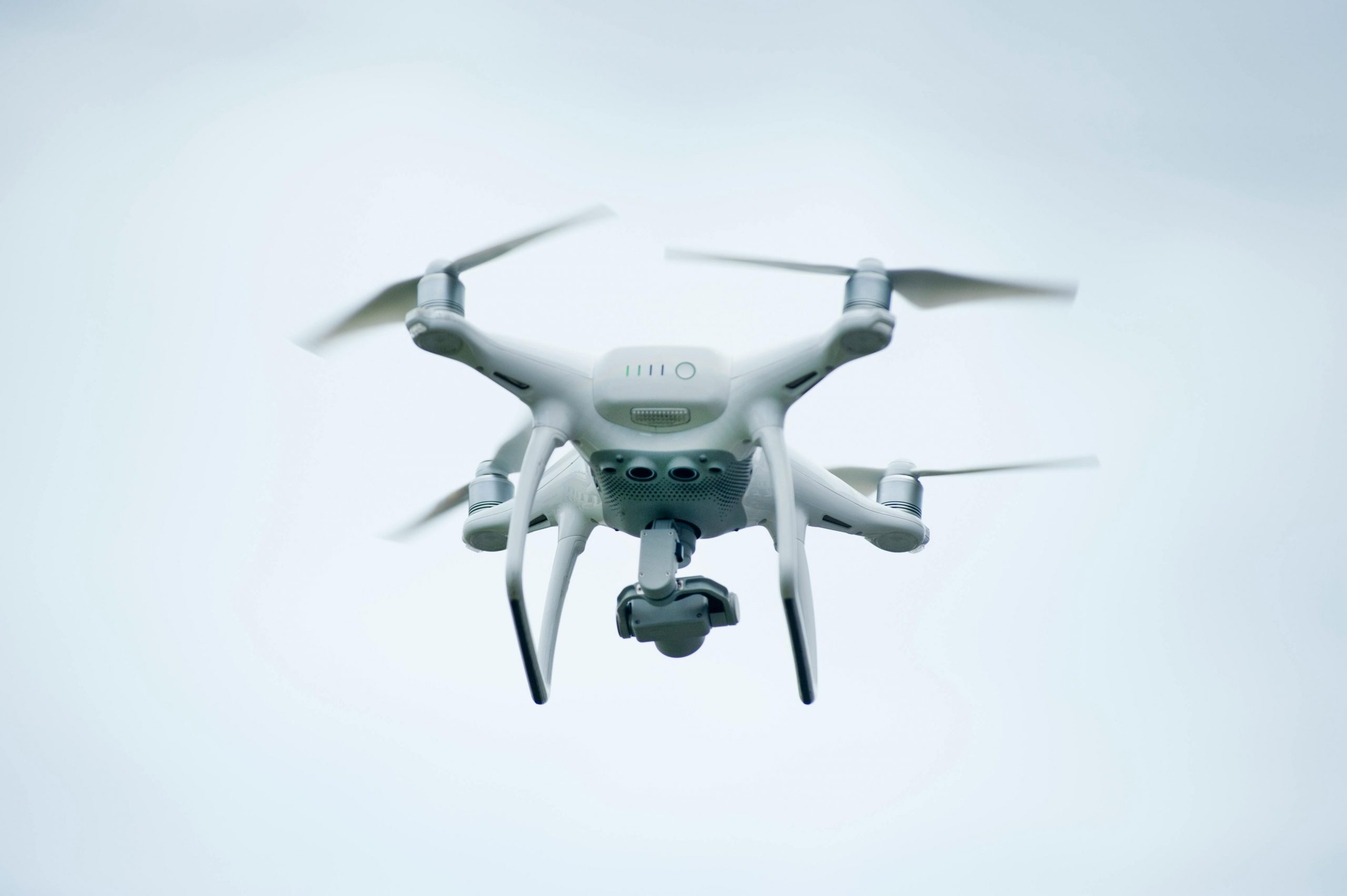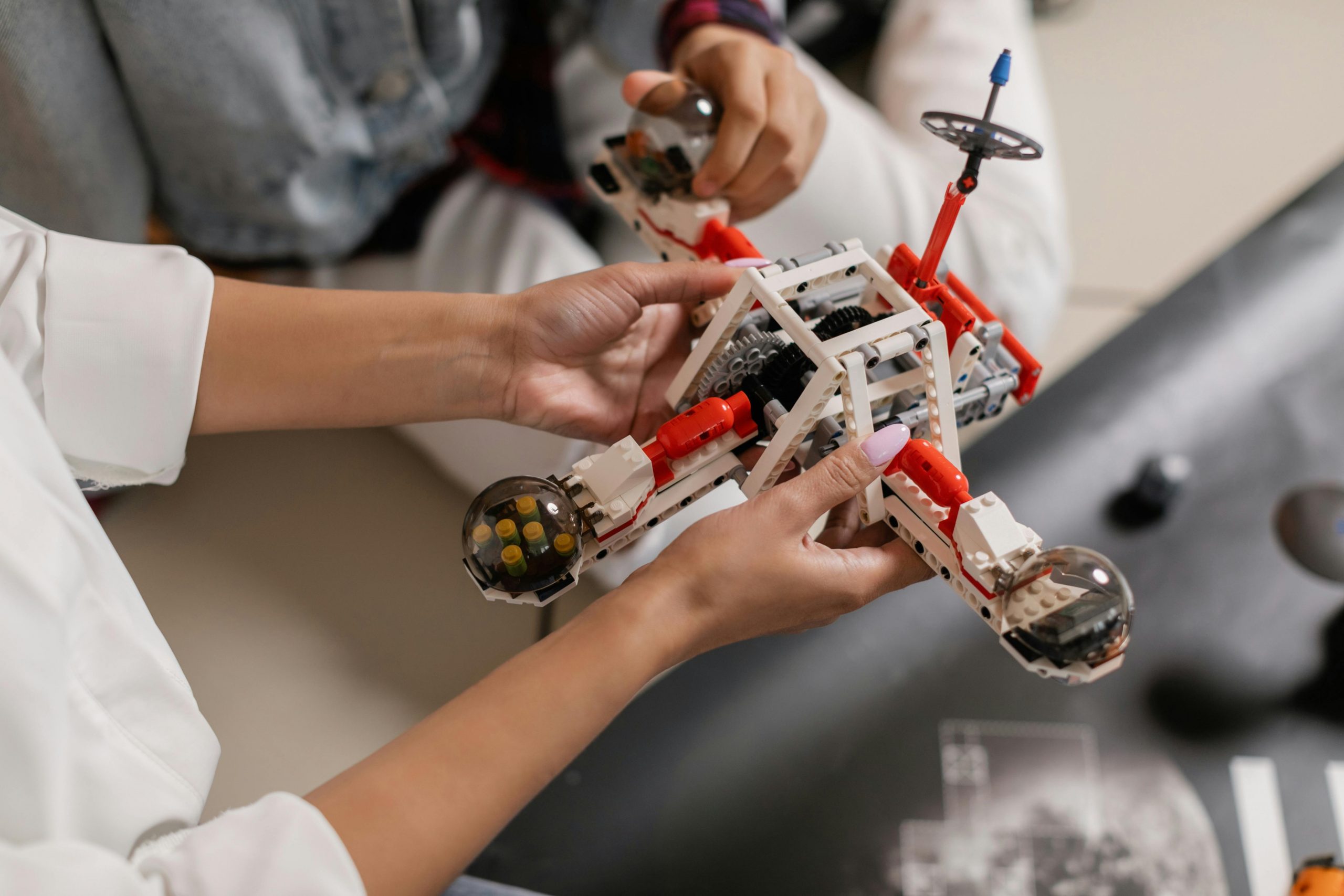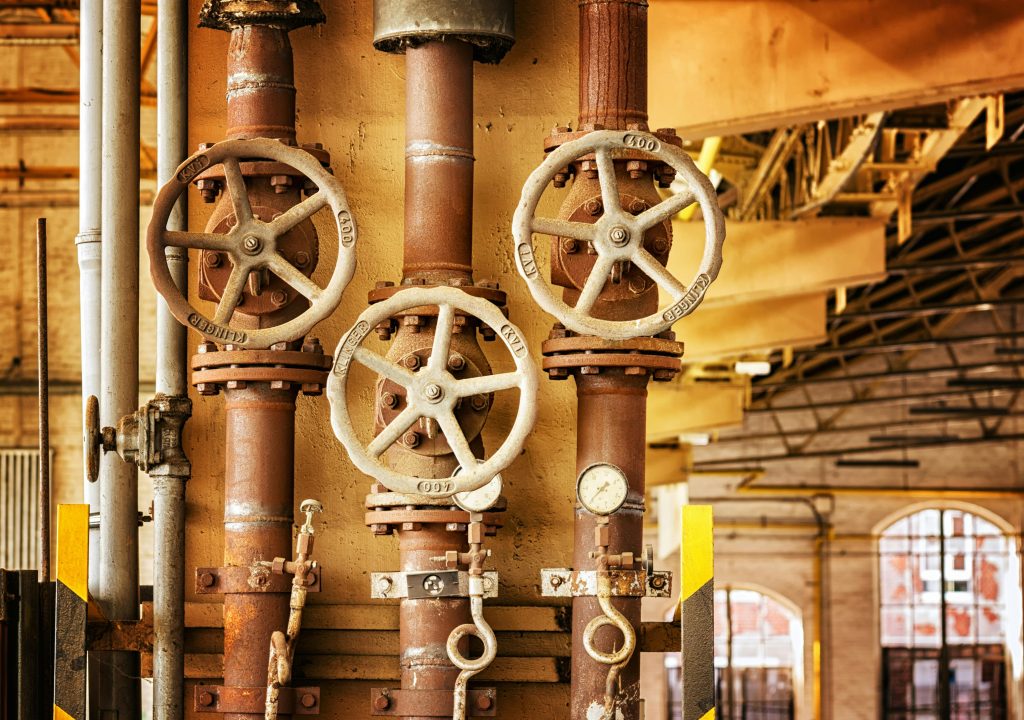- Remote monitoring systems enable real-time detection of pipeline issues, minimizing downtime.
- Data analytics and predictive maintenance forecast failures, reducing unplanned shutdowns.
- Robotic inspection and repair technologies enhance the efficiency and safety of maintenance tasks.
- Composite materials and coatings extend pipeline lifespan by resisting corrosion and damage.
- Smart pigging technologies aid in the early detection and maintenance of pipeline anomalies.
Maintaining the integrity of pipelines is critical for industries ranging from oil and gas to water distribution. Pipelines are the lifelines of these sectors, facilitating the transportation of fluids over vast distances. However, with aging infrastructure and environmental concerns, the need for effective pipeline maintenance has become paramount. In recent years, advancements in technology have revolutionized pipeline maintenance practices, offering innovative solutions for monitoring, inspection, and repair. Let’s explore some of these modern advancements shaping the future of pipeline maintenance.
1. Remote Monitoring Systems
Traditionally, pipeline inspection relied on manual inspections and periodic maintenance schedules, which were time-consuming and costly. However, with the advent of remote monitoring systems, operators can now monitor pipelines in real time, enabling early detection of potential issues such as leaks, corrosion, or pressure fluctuations. These systems utilize sensors, drones, and satellite technology to collect data and provide insights into the condition of the pipeline. By identifying problems early, operators can proactively address maintenance issues, minimizing downtime and reducing the risk of costly repairs.
Sensor Technology
Sensor technology plays a crucial role in remote monitoring systems by continuously measuring parameters such as temperature, pressure, flow rate, and corrosion levels along the pipeline. Advanced sensors can detect even minor deviations from normal operating conditions, allowing operators to take timely action to prevent failures.
Drone Inspections

Drones equipped with high-resolution cameras and sensors are increasingly being used for aerial inspections of pipelines. These unmanned aerial vehicles (UAVs) can access remote or inaccessible areas, providing detailed visual inspections without the need for expensive and time-consuming manual inspections.
2. Data Analytics and Predictive Maintenance
The integration of data analytics and machine learning algorithms has revolutionized pipeline maintenance strategies. By analyzing vast amounts of data collected from sensors and inspection tools, operators can gain valuable insights into the health and performance of their pipelines. Predictive maintenance algorithms can forecast potential failures based on historical data, enabling operators to schedule maintenance activities proactively, reducing downtime and minimizing the risk of unplanned shutdowns.
Predictive Analytics
Predictive analytics algorithms use historical data to identify patterns and trends, allowing operators to predict when maintenance is required before equipment failures occur. By analyzing data on factors such as corrosion rates, temperature fluctuations, and pressure variations, operators can develop predictive models to anticipate maintenance needs accurately.
Condition-Based Monitoring
Condition-based monitoring systems continuously monitor the condition of pipeline assets in real time, triggering alerts when abnormal conditions are detected. By tracking factors such as vibration levels, fluid quality, and equipment performance, operators can identify potential issues early and take corrective action before they escalate into costly failures.
3. Robotic Inspection and Repair Technologies

Advancements in robotics have transformed pipeline inspection and repair processes, enabling operators to access and assess pipeline infrastructure more efficiently and safely than ever before. Robotic systems equipped with cameras, sensors, and manipulators can navigate through pipelines, conduct inspections, and perform repairs without the need for human intervention.
Pipeline Inspection Gauges (PIGs)
Pipeline inspection gauges, or “PIGs,” are robotic devices that travel through pipelines, inspecting the interior surfaces for defects, corrosion, and buildup. These autonomous devices can collect valuable data on the condition of the pipeline, allowing operators to assess its integrity and plan maintenance activities accordingly.
Automated Repair Systems
In addition to inspection, robotic systems can also perform repairs on pipelines, such as patching leaks, replacing damaged sections, or clearing blockages. By automating these maintenance tasks, operators can minimize the need for costly and time-consuming manual interventions, improving overall efficiency and safety.
4. Composite Materials and Coatings
The use of advanced composite materials and coatings has become increasingly prevalent in pipeline maintenance, offering enhanced durability, corrosion resistance, and longevity. Composite repair systems and protective coatings can extend the lifespan of pipelines, reducing the frequency and severity of maintenance interventions.
Composite Repair Wraps
Composite repair wraps provide a cost-effective solution for repairing corroded or damaged pipeline sections without the need for extensive excavation or replacement. These wraps consist of layers of composite materials impregnated with resins, which are applied to the damaged area, forming a strong, durable repair.
Corrosion-Resistant Coatings
Specialized coatings applied to the interior and exterior surfaces of pipelines can protect against corrosion, erosion, and chemical damage, extending the service life of the infrastructure. These coatings act as a barrier between the pipeline and the surrounding environment, reducing the risk of corrosion-related failures.
5. Smart Pigging and Pipeline Cleaning Technologies
Smart pigging technologies, also known as intelligent pigs, are advanced inspection tools that travel through pipelines, collecting data on the condition of the pipeline walls and detecting anomalies such as corrosion, cracks, or deformations. These tools play a crucial role in preventive maintenance strategies, enabling operators to identify potential issues before they escalate into costly failures.
Pipeline Pigging Products
Pipeline pigging products, including cleaning pigs, inspection pigs, and maintenance pigs, are used to maintain the integrity and efficiency of pipelines. Cleaning pigs remove debris, sediment, and deposits from the interior surfaces of pipelines, preventing flow restrictions and improving fluid flow. Inspection pigs, equipped with sensors and cameras, conduct detailed inspections of the pipeline walls, identifying defects and anomalies. Maintenance pigs can perform various maintenance tasks, such as applying coatings, repairing leaks, or replacing damaged sections.
Modern advancements in pipeline maintenance have revolutionized the way operators monitor, inspect, and repair their infrastructure. Remote monitoring systems, data analytics, robotic technologies, composite materials, and smart pigging tools have enabled more efficient, cost-effective, and proactive maintenance strategies, ensuring the integrity and reliability of pipelines in various industries. By leveraging these innovative solutions, operators can minimize downtime, reduce environmental risks, and optimize the lifespan of their pipeline assets, contributing to safer and more sustainable transportation of fluids worldwide.





